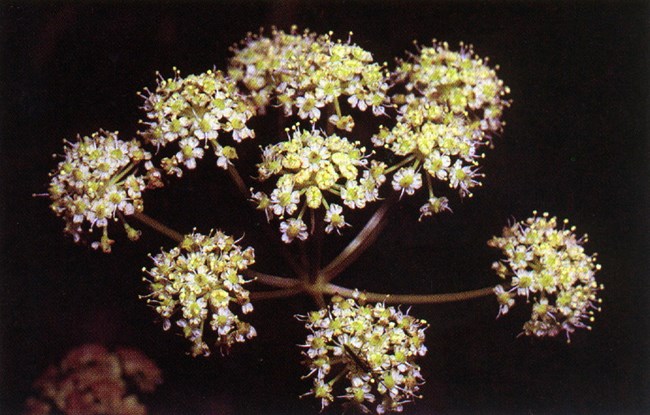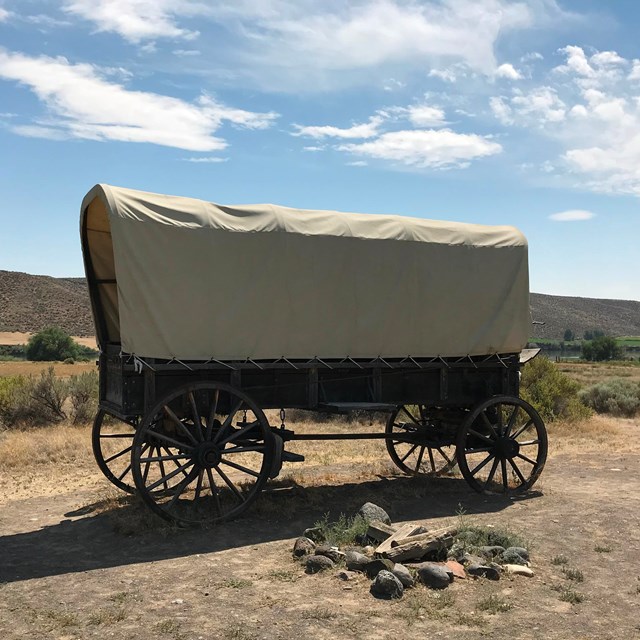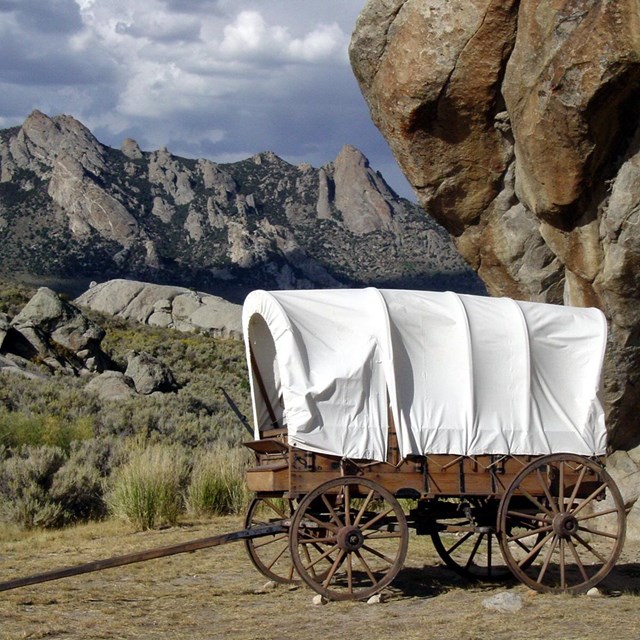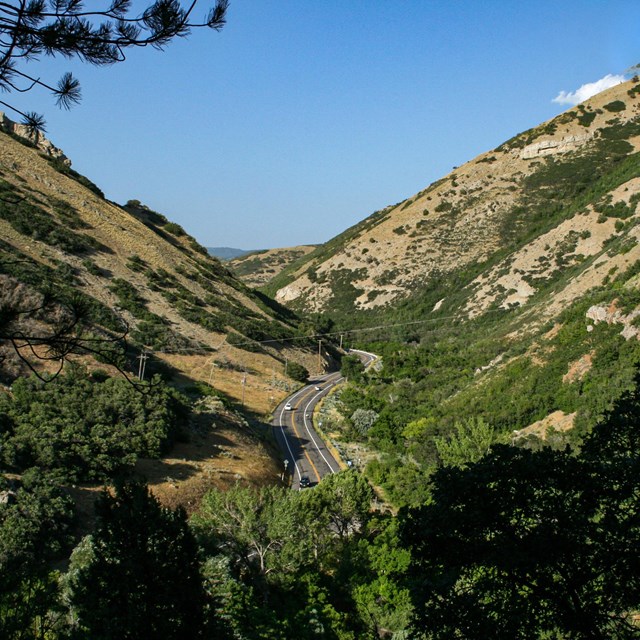Part of a series of articles titled Death Came A-Knockin’: Freak Accidents on the Westering Trails.
Article
Can I Eat This: Freak Accidents on the Westering Trails

Public Domain
In 1849, many companies of gold seekers decided to follow the Applegate Trail to a new cutoff, said to be a quicker way to the goldfields. Lassen’s Cutoff turned out to be 200 miles longer than the established routes, extending the trip by weeks. Long before reaching the mines, most companies ran out of food. Starving men desperately filled their empty bellies with anything they could chew-- rotting livestock lying trailside, boiled bits of leather, plants found growing by the road.
On the climb toward Fandango Pass in the Warner Mountains of Northern California that season, Dr. Israel Shipman Lord observed something peculiar activity on the mountainside ahead:
I saw a man about half way up, whirling about and dashing himself to the ground. Directly a man came running down the hill, and then ran back like mad, seemingly without any purpose. Shortly word came down that a man was dead, and two others were dying on the hill.
I went up instanter, and found John A. Dawson, of St. Louis, Mo. lying dead in the road. It seems he had been eating of the root of the wild parsnip, which grows in abundance in and about the springs here. The others vomited freely, and the present evil effects of what they had eaten vanished. They will hear from it hereafter.
The roots of actual wild parsnip are edible, although its sap can burn the skin. What Dr. Lord likely witnessed, though, was the delirium and seizures caused by a similar-looking plant that likewise grows around springs, the deadly water hemlock – the same plant used by Greek authorities to execute Socrates. Considered to be the most poisonous plant in North America, all parts of this species are toxic, and it is known to cause death within 15 minutes of ingestion. Even getting its sap on one’s skin can be fatal. There is no antidote. As Dr. Lord noted, even the men who had vomited and felt recovered were doomed.
Before John Dawson could stand upon Fandango Pass and look out on the “Promised Land”—the California goldfields— his companions “laid him, like a dog, in a hole, without a coffin, a board or even a blanket, unshaved, unshrived, and unannealed; and they who tarried to do the last work, shouldered their tools and went their way, only thinking that there would one less to dig gold in California.”
Last updated: January 27, 2024



